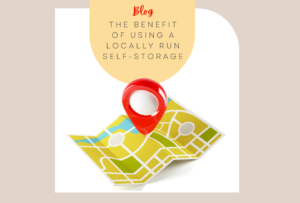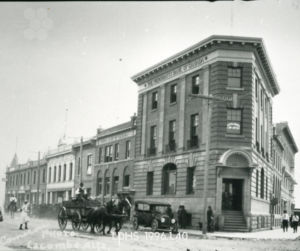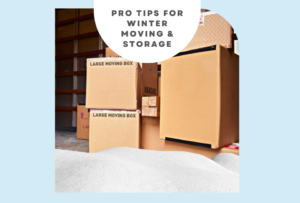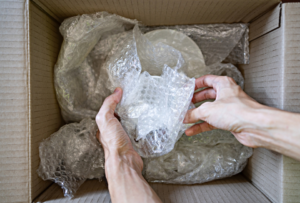Moving or Travel with Pets

What to consider when moving with a pet
At our self-storage facility, many of our staff are proud pet owners. It got me thinking—what should we consider when moving with our beloved furry friends or simply taking them out during these scorching summer days?
Preparing for pets is crucial because they need extra care to ensure they’re comfortable and safe, whether moving homes or enjoying a day out. As the temperatures rise, it’s essential to be equipped to keep your dog cool and protected. Here are some essential items to have on hand for your dog this summer:
- Collapsible water bowl: A lightweight and portable option for keeping your dog hydrated during walks, hikes, or any outdoor activity. Easy to clean and store, ensuring your dog has access to water wherever you go.

- Water bottle: You won’t always have access to water, so carry a full water bottle for you and your pet.
- Dog-safe sunscreen: Protect their skin from harmful UV rays, particularly on sensitive areas like noses and ears.
- Cooling vest or bandana: Helps regulate their body temperature in hot weather, ensuring they stay comfortable.
- Paw wax or booties: Shields their paws from hot pavements and rough terrain, preventing discomfort or burns.
- First aid kit: Include essentials such as bandages, pet-safe antiseptic wipes, and tweezers for any minor injuries or emergencies that may occur during your adventures.
Having these items ready ensures your furry friend stays happy and healthy throughout all your summer outings. Most of these items can be picked up at your local pet store.

Additionally, when near bodies of water, like rivers or lakes, it’s crucial to check for blue green algae before letting you pet into the water. This algae sits on top of the water and is seriously toxic to both you and your pets. If it’s safe to let them swim be sure to check your pet’s ears for any debris that could have gotten lodged during their cooldown.
Where do you prefer to take your pets to cool down?
~ Roberta Gordica
~ Sue Sage






























